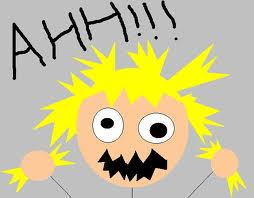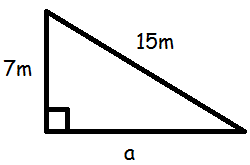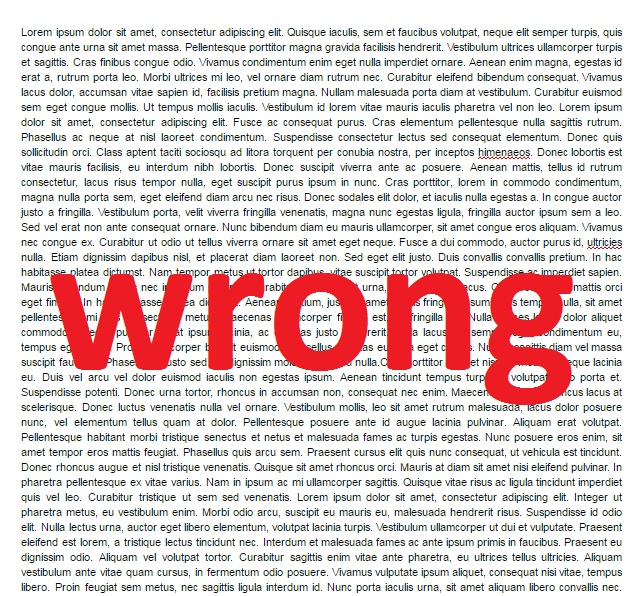I’ve been getting through some marking recently. You know how that can be.
 “I’m sure I taught them how to do this!” Why is everyone making the same mistake here!
“I’m sure I taught them how to do this!” Why is everyone making the same mistake here!
“I know you can do this, I’ve seen you do this before!”
“Why wait until the exam to do this?!”
You see, I did teach them how to do it. I definitely did. What I neglected was to teach them how NOT to do it.
Crunch time
Regardless of how you feel about exams, they are part of the system. It is at least partly our job to prepare students for this high pressure situation. And if you’re going to make a mistake, this is definitely the environment you’re likely to make it in.
It always feels a terrible waste when a student has demonstrated in a classroom that they are capable, only to make rudimentary errors in the exam.
But if we can make them aware of what these errors are likely to be, they might be less likely to make them.
Building Awareness
Let’s say you’re an english teacher and you’re trying to make students aware of the need to write in paragraphs. When you’re teaching this, you need to take a two pronged approach.
Show them what’s right.
This comes most naturally to teachers. Explain the need for paragraphs. Explain how to decide when you should start a new paragraph. Practise writing paragraphs.
Show them what’s wrong.
That big wall of text is a nice, visual example of how not to write paragraphs.
If your essay looks like this (and I’ve seen plenty that do!) then you need to rethink things.
Another example
Let’s hang out with my favourite guy Pythagoras.
 The correct working for this question is:
The correct working for this question is:
That’s the correct working. But how many different ways could I get this wrong? There’s a lot of ways to get this one wrong!
There’s a lot of ways to get this one wrong!
What do you think? Are examples of how to do things wrong useful? Are you using them in your own classroom?


Love this! I used a book called “Teaching Calculus with counter-examples” for my Yr12 class and it really pushed and deepened their thinking. I also take pics of all the wrong answers in a test or exam as I am marking and put these together on a few pages and get students to work out where things went wrong. I saw a video called “My favourite no” a while ago along the same lines where the teacher collects student answers and goes through the same process. I think this also lowers the “you must be right all the time” threat that stifles so many of them. Thanks for the post Joel.
This is really cool. I tried this in the most recent round of handing back senior exams (I know – too little too late at this stage but hopefully it sticks around for the next round) and hopefully it takes for the next round of tests. I found it was a great way to point out the errors in class feedback time without hammering the one student by using their example all the time – I’m going to try and make this a focus when going through work.
Excellent post.
Great post – makes perfect sense! Reminds me of using a frayer model when teaching/learning new vocabulary. I also remember having a violin teacher who used to get me to practise difficult passages with wrong rhythms and wrong notes, then with right rhythms and right notes. It felt crazy at the time but it worked – rarely made an error in those passages once they were learnt.